Words cannot describe how nature unravels its best at Iceland and I doubt anyone’s eyes can cope with the majesty that Mother Nature reveals in this magical country. Anybody’s visit will be fulfilled with a single glance at Iceland, but, I can assure you wouldn’t want to leave. Before visiting, you might want to acknowledge which places appeal the public the most in the desolate country, so, this blog can guide you with your choices and travel plan of the best places at Iceland. Take a deep breath. Here we go!
Blue Lagoon
Really, what am I left to say other than, “It deserves more than the top 25 wonders of the world.” As one of the 25 Wonders of the World, Blue Lagoon brings warmth to even the coldest visits in Iceland with its milky blue pool in a uniquely relaxing style.
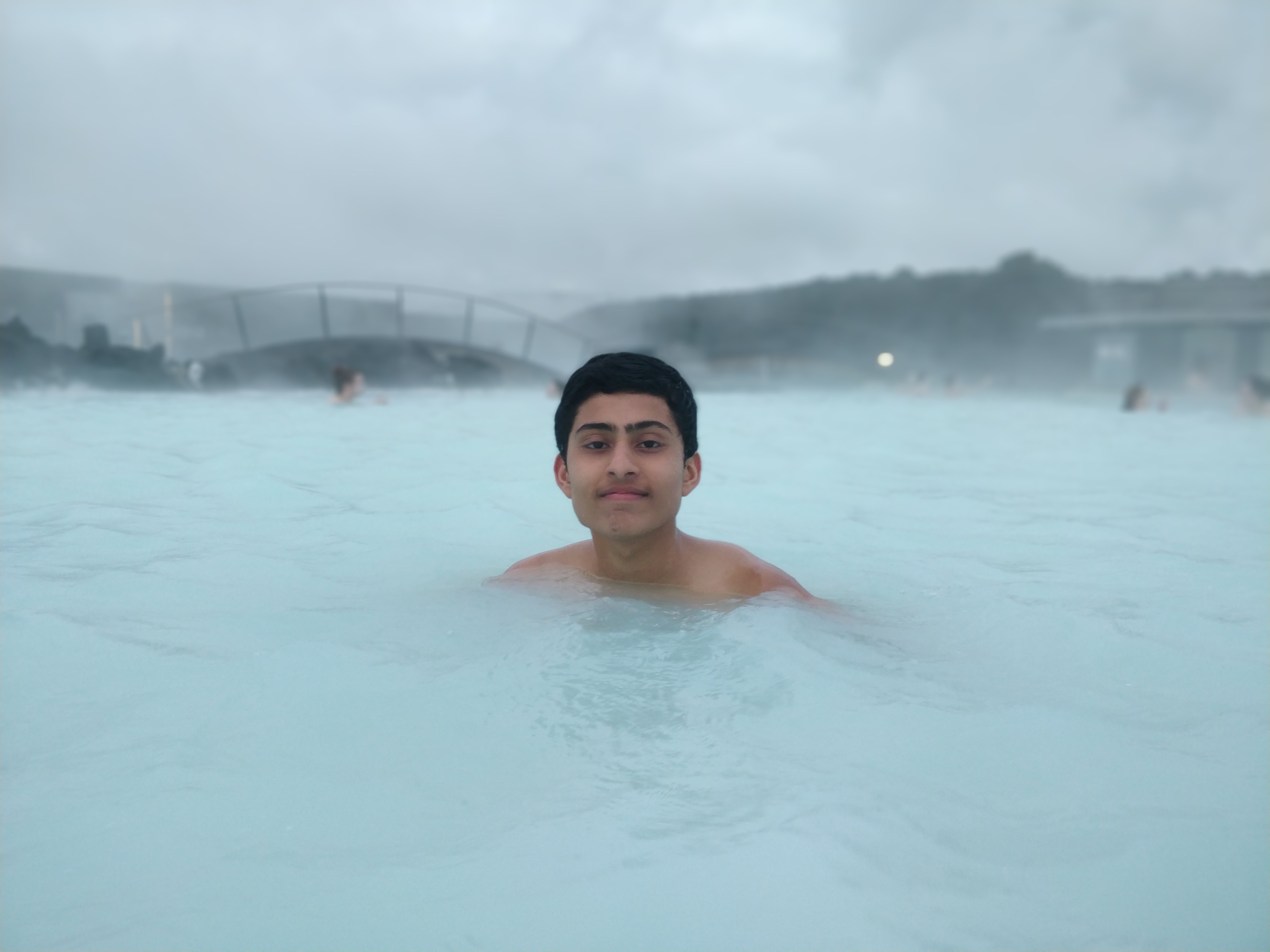
Conveniently located between Reykjavik and Keflavik is Iceland’s Blue Lagoon where you can hop in to relax like never before. While Iceland predominantly remains empty(population wise), you will find lots of tourists at this unique location.
The use of 9 million litres of geothermal water and the beauty of this man-made spa contributes to the uniqueness of the Blue Lagoon. Wherever you end up inside the Lagoon, you will find glorious sights and not miss the relaxed feeling. Just imagine, swimming in a spa with mountainous landscapes for as far as your eyes can see, with appealing milky white rocks and beautiful blue water, all completely surrounding your 360° vision. Elegantly, an experience that you cannot escape.

Silica, Algae and minerals compose the blue colour which is reflected by the sun to make the colour noticeably evident and immediately attractive. However, during summer, along with the grass turning green, the blue lagoon can dissolve into a slightly green colour too. Otherwise, the original colour remains white; it’s the sun which turns the water blue/green depending on the season.
What to know:
- Health facts – Swimming in the Blue Lagoon is beneficial for people with psoriasis. Alongside offering treatments for psoriasis patients, the Blue Lagoon is a perfect source for treating the disease. Additionally, if you dip your face inside the water and start getting a burning sensation, it’s normal. Just apply the freely offered silica mask for 5-10 mins and you’re all good to go!
- Use a conditioner – Before jumping in and exploding the excitement, make sure you use the conditioner and take a shower. You might be worried at first about how the hair goes firm however, you needn’t worry. Just take another final shower after you’re done and it should be back to normal.
- Don’t need goggles – Goggles will not come to use in the Blue Lagoon as visibility under water is very poor. So, save your weight when travelling.
- Waterproof phone – Ensure you have a waterproof phone or a case because I already know you will take plenty of pictures. Waterproof cases are offered at the Blue Lagoon Store, so, if you need one, just hop in there and grab one for yourself.
- Not a swimmer? That’s fine – If you can’t swim, it’s fine because the deepest point is only 1.4 metres. Most people generally chose to just relax in the 37° water anyway.
- It’ not cold – When you walk into the water, you will experience the outdoor temperature(average 7°). When you’re in the pool your body is all warm and the warmth even goes up to your face. So, don’t panic, it’s not cold!
Hallgrímskirkja
Each Church has its own speciality and in a similar way, Iceland presents itself through the eyes of Hallgrímskirkja. The towering Church with its divine symmetry welcomes you through the silent gates into a peaceful hall to sit and worship. While the outside really offers a blessing to the eyes, the inside keeps the same level of beauty with the musical decoration and perfect architecture.
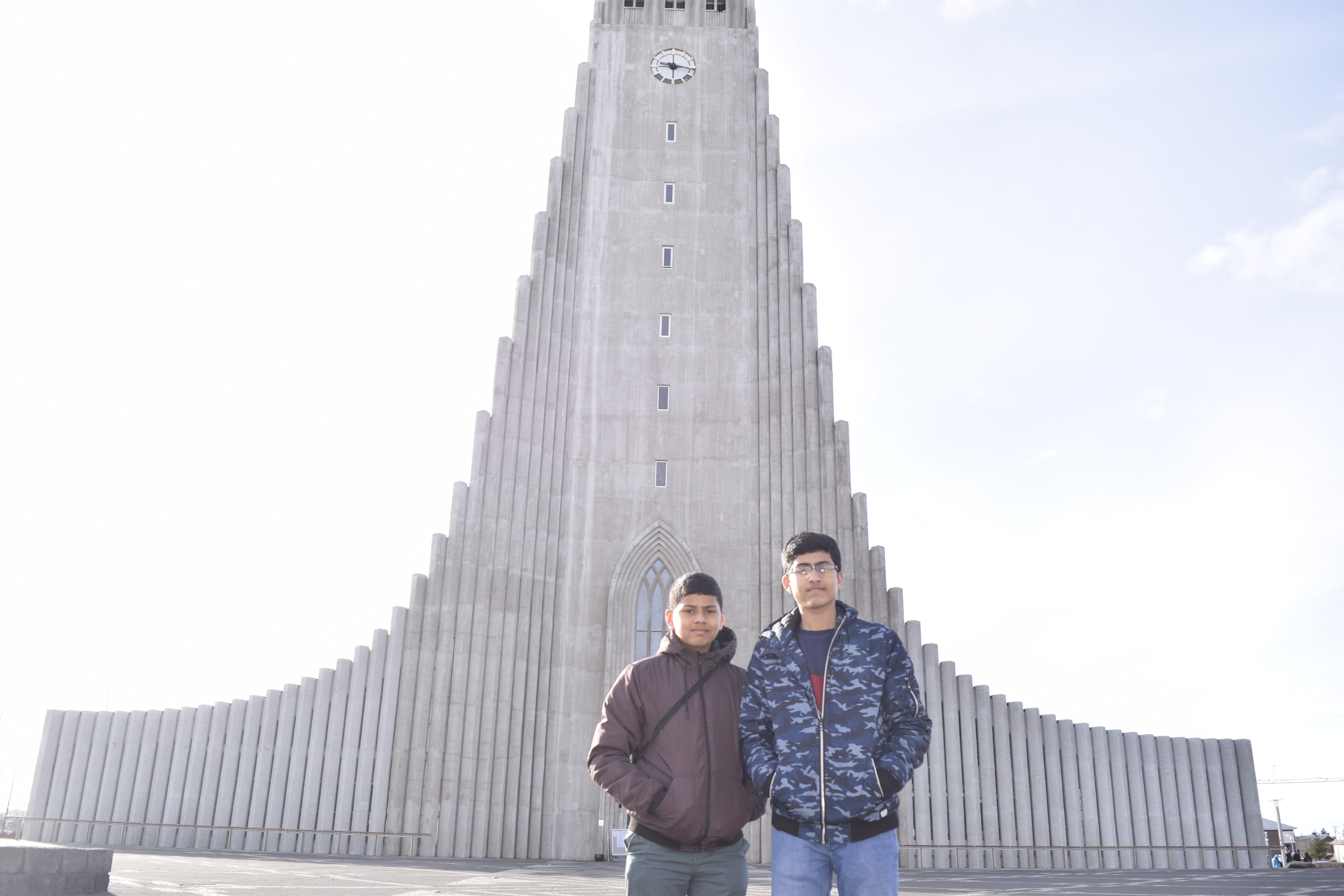
At 74m, the Church is more than just a place of worship; it’s the eyes of Reykjavik. There’s an elevator that takes you to the top of the church where you can openly see the entire city and the stunning landscape of the ice capped mountains and cool glaciers.
Golden Circle
Þingvellir
The first location of the Golden Circle is the Þingvellir and geographers, you are gonna love this! As much as that is highly ironic due to the large scale of nature in Iceland, this location is a geographers practical book.

Þingvellir is actually the plate boundary between the North American plate and the Eurasian plate. The Earth’s crust is split into broken up sections called tectonic plates and these plates move around due to a process known as convectional currents. Inside the lava there are currents rotating around in different directions, these currents react with other currents and either drift off or move into each other causing the plates to act accordingly. As a result the plates move and typically, the movement is associated with earthquakes. On average, the plates move away from each other around 2-5cm per year. The plate here, in Iceland, is a constructive plate meaning that the two plates are separating to create a gap. Here’s an image to put it all into perspective:

At this location, there are many natural beauties to be discovered and snorkelling can be done too. With a free entrance ticket, the freedom you’re offered excites the geographic adrenaline from you. The plates themselves can be observed very evidently and with plenty of information to acknowledge and new paths being opened to the public, you can spend hours understanding the awesomeness of geography.
History
During the late 800’s(9th Century), many Vikings were around and they began to discover and settle in Iceland. The settlement evolved into a small population and that small population into an “incomplete society”. In this “incomplete society”, proper laws and governance was not even imagined until early 900’s. Around 930, people wanted a proper society with laws and customs. So they looked for a meeting place, and what we now consider Þingvellir, was the location that they decided as the first parliament. This marked the beginning of the nation.
They approached to the conclusion because they thought it would be suitable as the assembly with the flat plains and rocky cliff. It turned out, Þingvellir was on the rise for the commonwealth period in Iceland and everything worked out naturally, with nature.
Gulfoss
We got off at the parking area and advanced enthusiastically as if we knew where we were going. There, we stopped abruptly and with a jaw-dropped reaction, stared at Mother Nature. A simple glance would tell your mind, “something extraordinary is lurking round the corner!” With that glimpse, we hurried down the staircase and stood in front of blue magic rushing down like it was unstoppable.

Planning a visit here isn’t a struggle at all. The advantage is that this is part of a truly immersive journey, the Golden Circle. Having been there, I suggest you take the same route and stop at Gulfoss on your tour. After a free open-space parking, you can just walk towards the site on the footpath for free and witness the magic. There is a Gulfoss store located at the entrance and if you are appealed to purchasing anything, bare in mind, it is a dip in your pocket(really expensive)!
Let’s get the facts underway. This waterfall stands at 32 metres and is a high double waterfall. I have previously written about waterfalls; it’s difficult to comprehend with how it’s measured. There are a couple of factors that affect the size including height, width, water flow rate and segments(how many small waterfalls are composed within the big one). However, based on height, this is a spectacular waterfall at 105ft height.

There’s a story
As we learn from 1979 that the government and the environmentalists have appointed this landform as a nature reserve, it is protected and allowed for the public to enjoy. The true story however, falls back to the early 20th century when researchers and investors were trying to use the waterfall as an electricity source. A local farmer named Tómas Tómasson, owned the waterfalls and didn’t let them reserve it. He had however, leased a contract which his daughter, Sigriður Tómasdóttir didn’t appreciate. Therefore, she tried to break the contract by getting a lawyer to defend her case, going barefoot to Reykjavik and even brooding herself to jump into the waterfall.
After her many attempts, the contract was cancelled due to other reasons too and the public understood the importance of preserving nature. Sigriður Tómasdóttir was known as the first Icelandic environmentalist and since, Gulfoss remains a nature reserve.
Geysir
Another spectacular natural process is Iceland’s Geysir. Never can you get close to a natural eruption than the boiling water from the centre of the Earth found in the Strokkur Geysir. As you walk into the geyser’s eruption spot, you will find alongside you, the stinking smoke of the erupted water stream. Whilst the actual eruption is like a blue gem rushing out of the earth and shattering as if in slow motion, it can still be dangerous so I would advice to not touch the water, not to get too close(stay behind the poles) and stay away from the smoke. After the eruption, there is a massive smoke with can spray the same boiling water on your body; it could be hazardous.

Beneath the Earth, there is hot water trying to find a path to escape due to the intense pressure. Typically, this water flow happens around the surface. From the centre, there is more hot water also trying to rush out, these paths will eventually connect and find a path outwards from a hole. The surface water and the hot water form the centre are poured into a conduit and pressure forces the water to rush out and erupt as a geyser.

There is a new eruption almost every five minutes on the Strokkur Geysir so hang in there and wait patiently in the wind for yet another blue magic. Iceland really is obsessed with blue! You will cast some signs of the Geysir erupting so prepare your camera for the right moment to get the best slow-mo video. Here’s one we got:
Kerid
You would never have the notion that nature would reveal as much as it does in Iceland. The entire Golden Circle tour for us was abrupt pauses for enjoying the overwhelming gifts nature scattered around the country. One of these many gifts was Kerid.

While Kerid isn’t really anymore than a crater it does give a sense of both scale and simplicity of beauty in nature. When we visited the crater, the water completely froze due to the winter season and the cold temperatures that turned the crater into ice. The entire path is filled with red soil and is a nice track. Based on what we encountered, the path wasn’t very safe therefore my prime advice is to stay safe around the footpath and the staircase to the crater.
The crater itself is an interesting landform. It is a 3000 year old(relatively young) closed volcano – a volcano that is locked from erupting. It is 55 metres in diameter approximately and is only 10 metres deep which might come to you as a surprise. Despite the fact that we couldn’t see the actual lake and instead witnessed the frozen lake, the crystal white and shades of blue added to the “Iceland’s blue obsession” factor. Seriously though, Iceland is packed with blue nature, literally everywhere!
Skogafoss
On your way to the east of Iceland, you will have first arrived at a wonderful spot, at a close-up waterfall called the Skogafoss. You have probably figured out by now that anything ending with “foss” is a waterfall and if you haven’t, there you have it! Regardless, once you exit the prolonged ring road into the Skogafoss, you will need complete water protection and camera protection(if you’re taking pictures) because the water will drench on you.

As you walk on the softly eroded rocks accompanied by the river flow from the falls, you will eventually set yourself in front of a beautifully open and extremely close up waterfall. The water energetically smashes against the surface and sprays powerful drops creating a gorgeous rainbow. You can get ever so close to the waterfall by stepping onto the mossy rocks and settling yourself, in a half soaked manner, right next to the water.

After you’ve had a nature bath, you can trek up almost 600 stairs to locate yourself near the top of the waterfalls. At the top you can see the distant view of fellow hills and neighbouring vegetation. Other than that, you will see the long flow of crystal blue water and the Skogafoss itself.

The Skogafoss is just like any other waterfalls, however, the connection between you and the water is one you cannot escape due to the feeling that you are “one with nature“, as they say. This uniqueness and the perfection of this waterfall makes this location very popular.
Seljalandsfoss
Have you ever stood right next to a waterfall or ever walked behind one? I can assume you probably haven’t; I can assure you would definitely want to though!

Seljalandsfoss hasn’t got anything mildly distinct. All the formalities for a waterfall are already mentioned and quite self explanatory really. To get straight to the point, Seljalandsfoss is one of its kind. You can go behind the waterfalls and touch the rushing magic. The footpath is an adventurous trek and the pool is really the treat. It’s like a giant gem shattering and breaking into pieces in all directions from a 60m drop.

Abandoned Plane
When nature combines with human history, the nostalgic feeling that you get is what makes the beauty relishing. At this particular location you will be taken back to the history of the plane. You are probably wondering what I mean by plane. Well, in 1973, a US Navy DC flight crash landed the plane in one of Iceland’s black sand beaches as the plane ran out of fuel. When you get to Sólheimasandur, you will find the remains of the plane and fortunately, all the crew members survived in the crash. Although you may be wondering why they left the plane, it truly is a marvellous scene to witness; it really gets you pondering about the history of the plane.
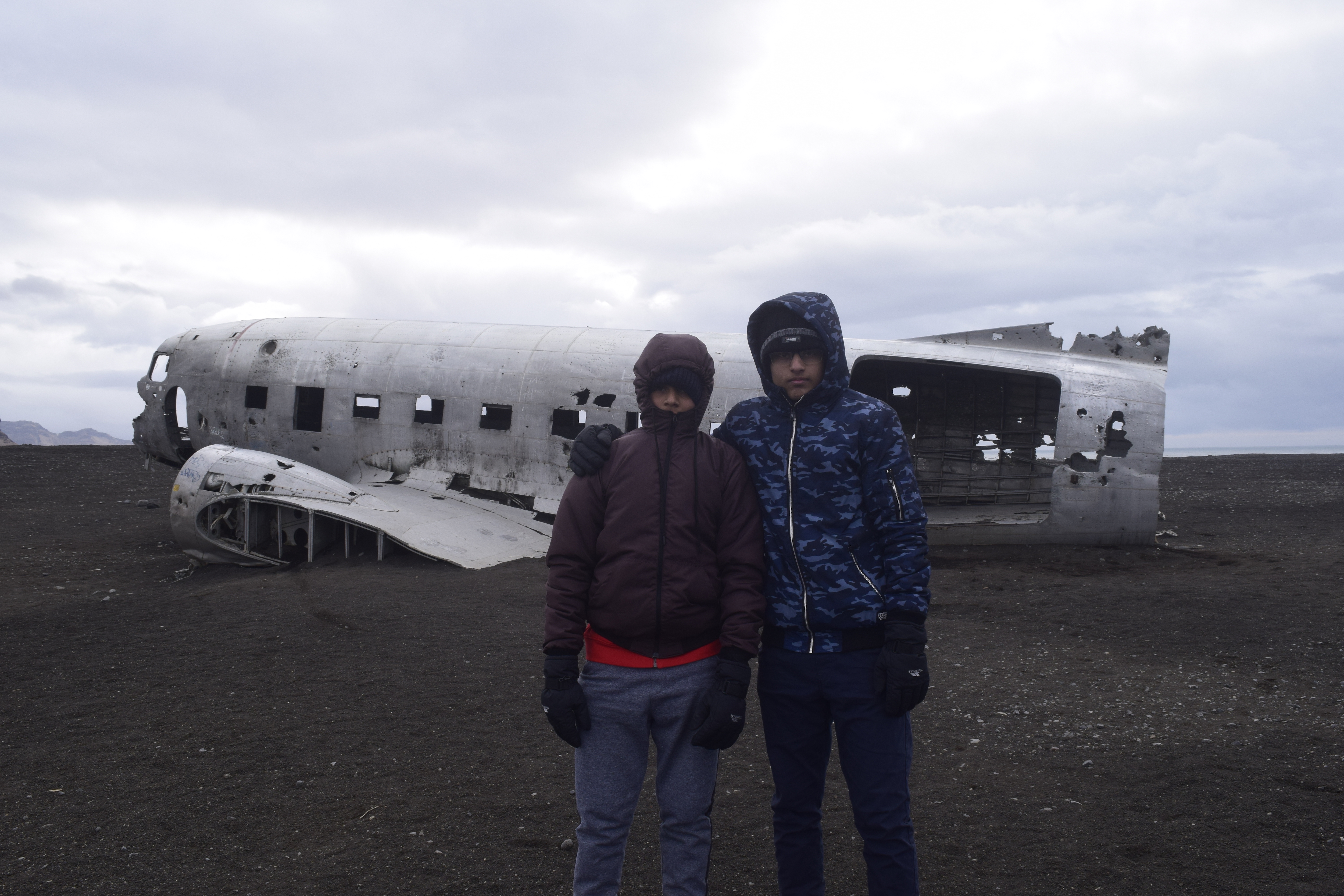
Previously, you were able to drive into the beach and take your car next to the leftover aluminium chassis, however, now you will have to walk for almost 30-40 mins to the destination, one-way. Whilst you may deteriorate from your choice, the pathway is full of soft black sand and as I have mentioned, you go there for the nostalgic feeling.

When you get there, you will feel the enraged wind growling at you however, you can go inside the plane and get some warmth before battling the furious winds again. Any photographer would want to capture this history in his handy machine, so enjoy the site. It has a nice 360° viewing figure and no one’s gonna stop you from climbing on top of it. Just be careful. Lastly, I would recommend sparing 2 hours for the entire journey to and from the plane.
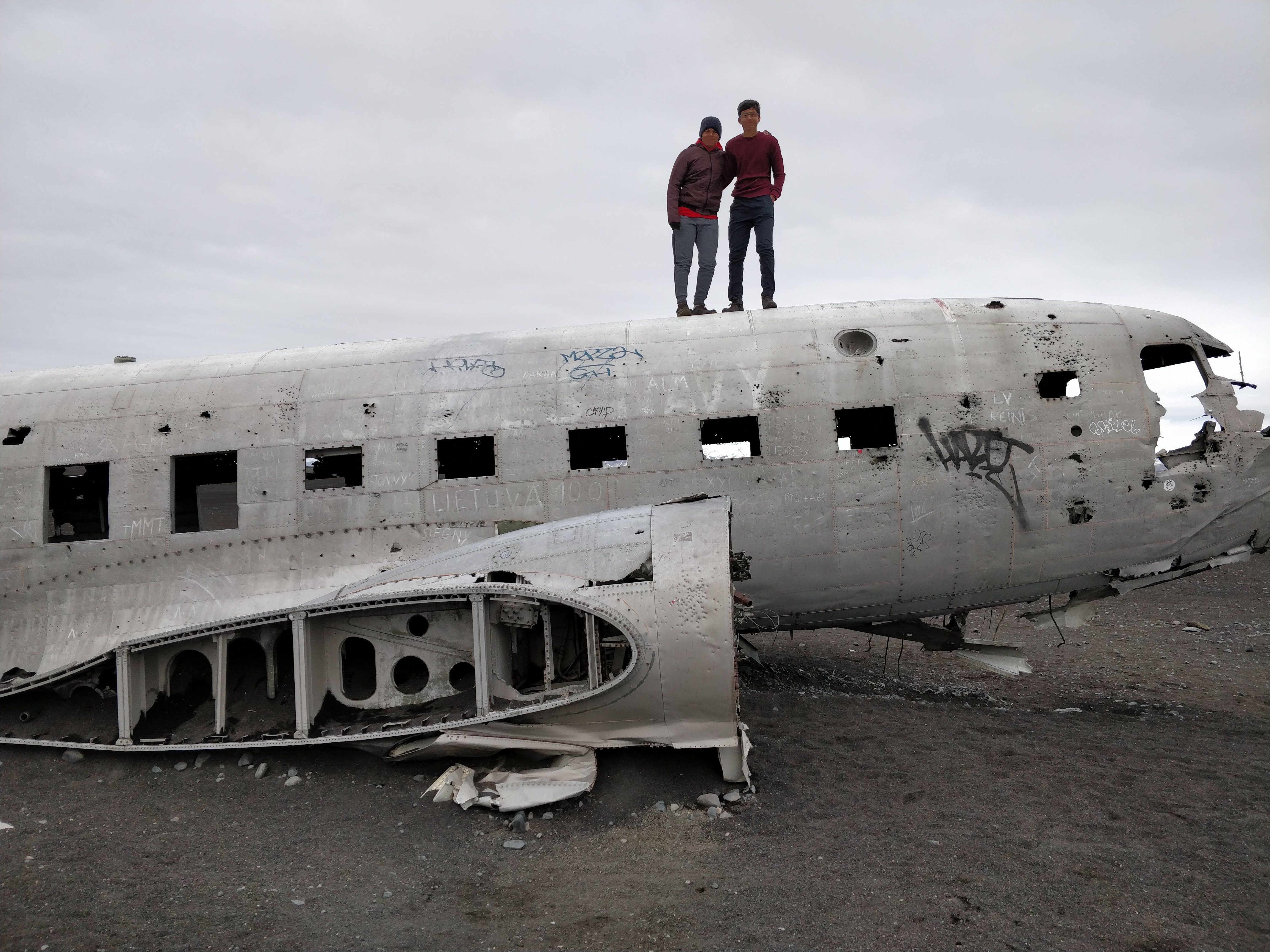
Black Sand Beach
When it comes to beaches, or any coastal areas for that matter, you will find abundant black sand literally everywhere! As you might have already guessed it, it comes from the solidification of lava and the beach water. When you head over to Reynisfjara, it is a dark gift to the eyes.
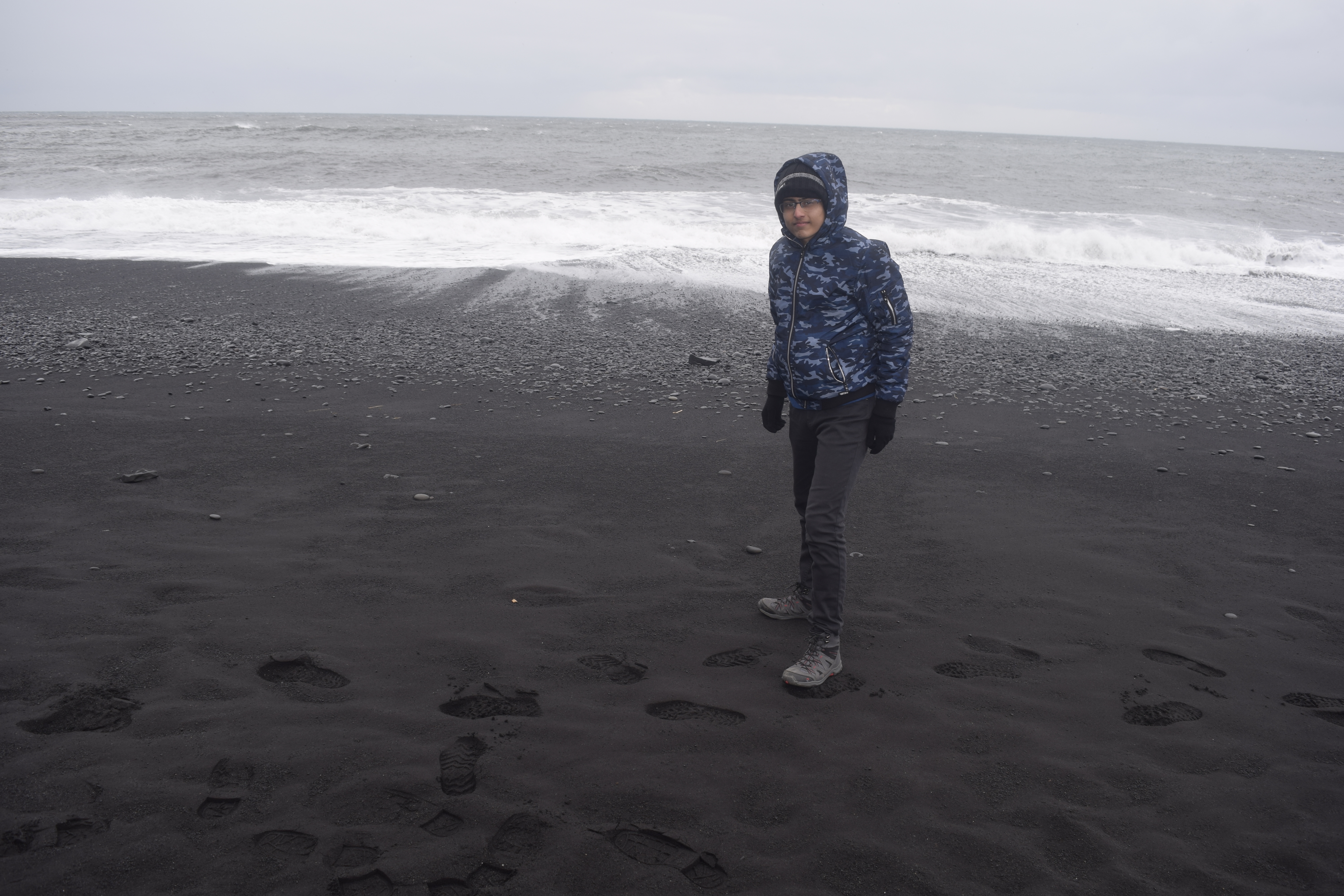
At Reynisfjara, which is connected to the same everlasting ring road(you’ll have crossed the two waterfalls), as soon as you begin walking towards the beach, you will encounter the tremendous wind battling to push you, and do be careful, it does pick up sand. After your slow and steady combat towards the beach, you will discover spectacular scenes. As the tides are extremely powerful and can sometimes go high, I would advice to stay away from getting swallowed by them.

When you do enter though, you will stand in front of a mighty landform, what’s known as columnar jointing. The large basalt, hexagonal columns are not there for design or appearance, they were naturally formed by lava processes. When lava flows, it eventually solidifies(becomes hardened) and can shape differently based on the location, time, temperature and many other factors. At this particular place, the lava has flowed and created hexagonal columns which were formed by contraction. As lava, a hot substance, contracts it can have cracks and these shape depend on the surroundings; the hexagonal shape is formed due to the equally spaced distance centres. However, when it’s not equally spaced it can create other geometrical shapes.

There are some caves located too as you stroll by the seaside which are unbelievable to stand beneath. The vastness and the formations definitely contribute to the dark beauty featured here. If you decide to step inside these caves though, beware that high tides are likely to get you trapped in there, chose wisely. If you’re feeling hungry, pop inside the restaurant at the entrance and experience one of the best lunches in there. Despite the expense, they offer mouth-watering food in there!
Jökulsárlón
Ever wonder why Iceland has its name? You’ll find the answer to that, at this icy location! While Iceland predominantly remains to be one of the coldest countries(it does get chilly up there), you tend to get the doubt that, “Will I every find any ‘ice’ here?” Often, I was stuck with the same doubt until I had encountered a sight like the one at the Diamond Beach, Icelandic-ally known as Jökulsárlón.

The entrance to this location is really more than just a treat to the eye. As you drive in the endlessly straightened roads of Iceland, you will cast your eyes on yet another type of blue magic through the gaps of hills. As you continue, you are welcomed to the gateway of glacial ice. Whilst forgetting most of your belongings in the hurry of getting out and observing the ice, you will find some seals lurking out of the bright blue water. I can guarantee you will want to step onto the white crystal ice however, for your own safety, I would advice not to.
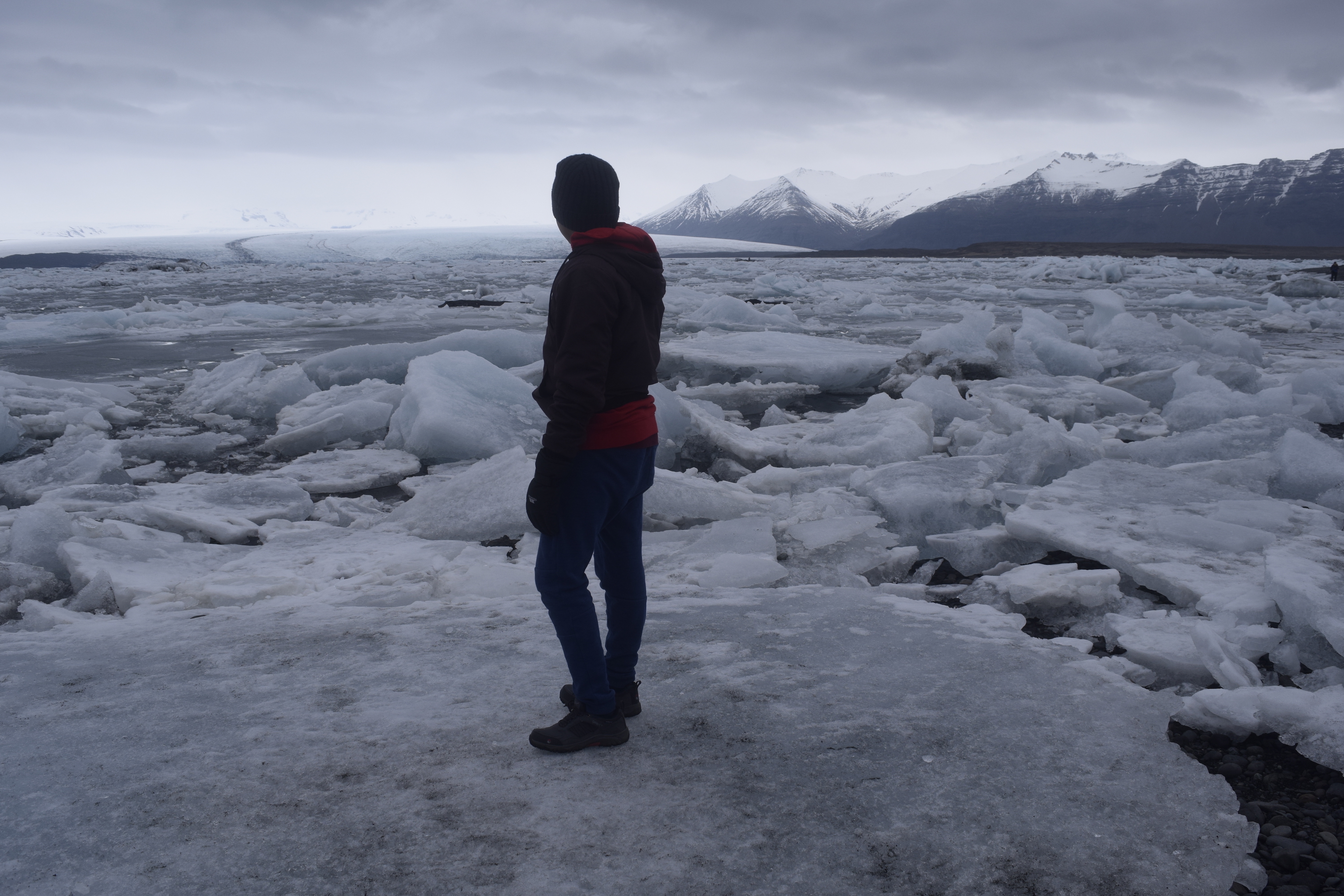
Although this is a scenic area, tourists tend to spend around 30mins at this destination; I would suggest spending a relaxing time here, strolling along the beach. On your way back, instead of walking on the same footpath, you can trek your way up to the hills accompanying the footpath and get an exceptional view of the ice; it truly is a moment of consideration as to how superior nature is in Iceland.
Unlike any other destination, Iceland reveals Mother Nature no matter which corner of the country you end up in. And that’s what makes it unique. As long as you’re prepared for the weather and expenses, you are ready to travel to one of the most breathtaking countries in the world. It is a country that no one can miss out. There’s your insight into what Iceland’s got packed for you to venture on. Now, you have the hidden truths of nature in Iceland. What are you waiting for, get planning and start discovering Iceland.


Leave a Reply